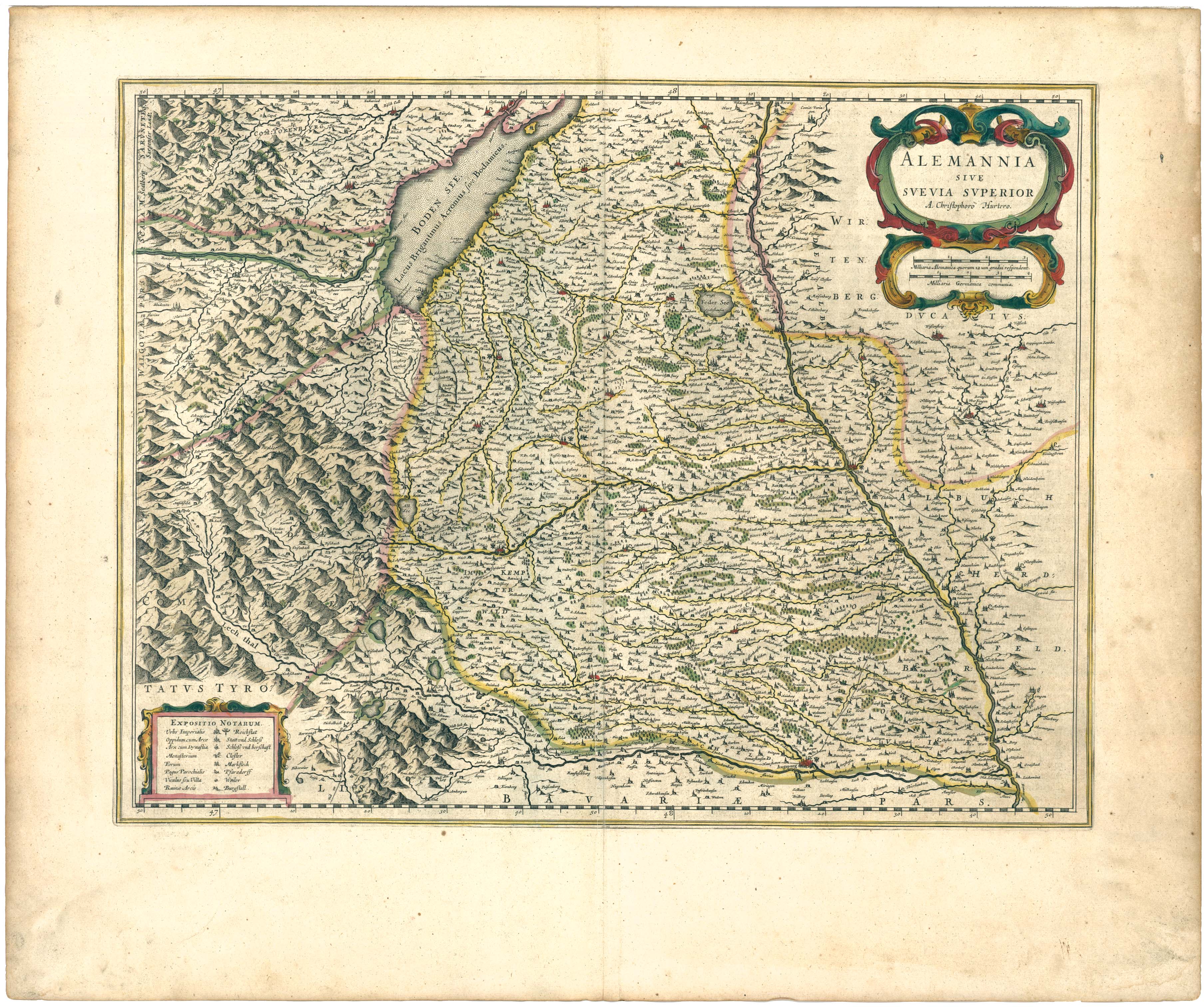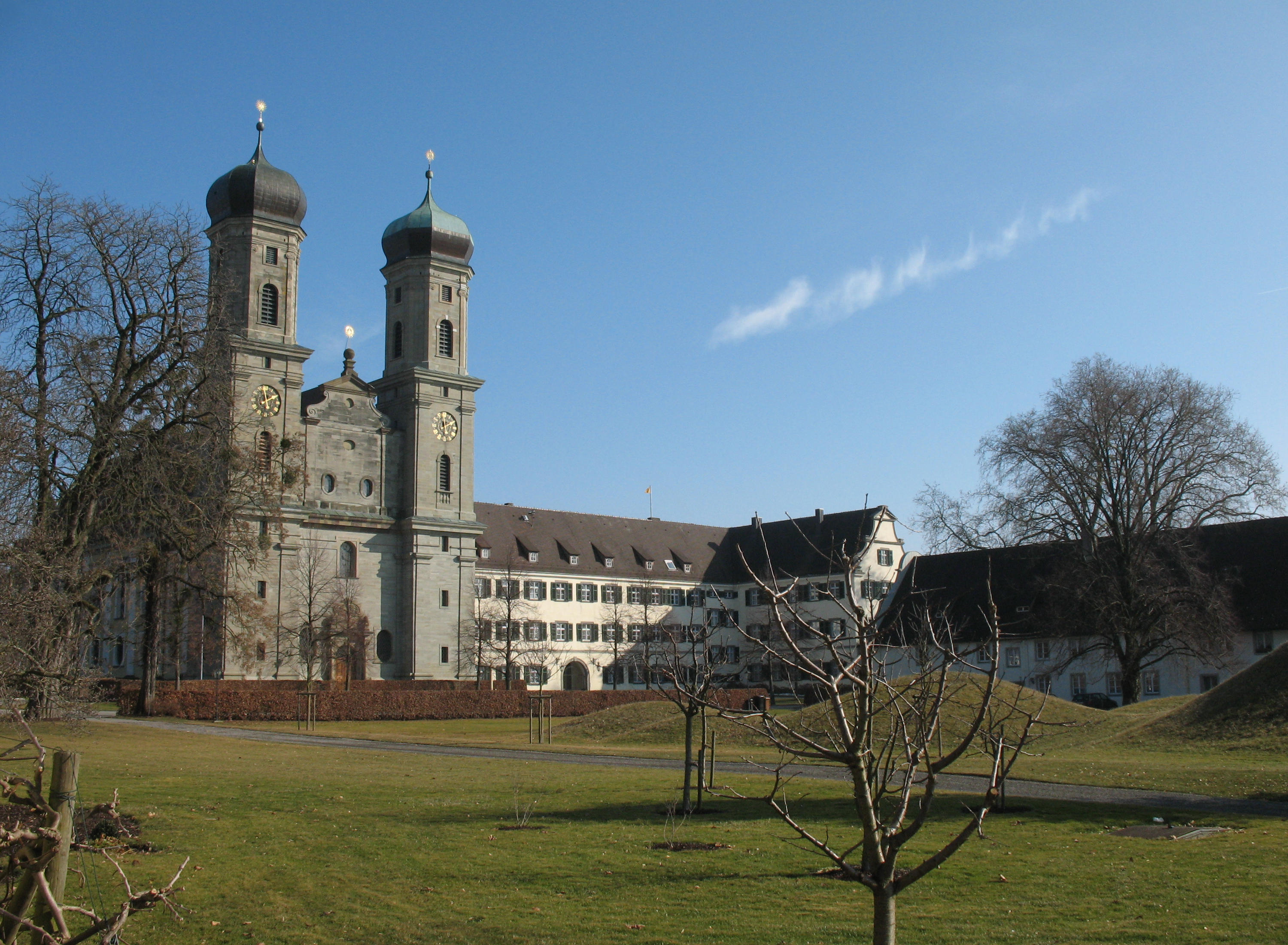|
Swabian Children
The Swabian children (German: ''Schwabenkinder'') were peasant children from poor families in the Alps of Austria and Switzerland who went to find work on farms in Upper Swabia and the Swabian Jura. Usually they were sent by their parents to become seasonal workers. They were taken in spring and brought to the child markets in Germany, mainly in Upper Swabia, where they would be purchased or "rented" by farmers for the season. This use of children as workers was most widespread in the 19th century. The march over the Alps to Germany proved often difficult and exhausting. Usually their guide was a priest, who was also responsible for ensuring the children had a warm stable to sleep in. The marches were large, organised groups of several thousand children, taken over the snow-covered mountains often still dressed in rags. It was not uncommon for five and six-year-old children to be taken. The American press began a campaign in 1908 exposing the Swabian children, describing the ch ... [...More Info...] [...Related Items...] OR: [Wikipedia] [Google] [Baidu] |
Swabia
Swabia ; german: Schwaben , colloquially ''Schwabenland'' or ''Ländle''; archaic English also Suabia or Svebia is a cultural, historic and linguistic region in southwestern Germany. The name is ultimately derived from the medieval Duchy of Swabia, one of the German stem duchies, representing the territory of Alemannia, whose inhabitants interchangeably were called '' Alemanni'' or '' Suebi''. This territory would include all of the Alemannic German area, but the modern concept of Swabia is more restricted, due to the collapse of the duchy of Swabia in the thirteenth century. Swabia as understood in modern ethnography roughly coincides with the Swabian Circle of the Holy Roman Empire as it stood during the Early Modern period, now divided between the states of Bavaria and Baden-Württemberg. Swabians (''Schwaben'', singular ''Schwabe'') are the natives of Swabia and speakers of Swabian German. Their number was estimated at close to 0.8 million by SIL Ethnologue as of 2 ... [...More Info...] [...Related Items...] OR: [Wikipedia] [Google] [Baidu] |
Alps
The Alps () ; german: Alpen ; it, Alpi ; rm, Alps ; sl, Alpe . are the highest and most extensive mountain range system that lies entirely in Europe, stretching approximately across seven Alpine countries (from west to east): France, Switzerland, Italy, Liechtenstein, Austria, Germany, and Slovenia. The Alpine arch generally extends from Nice on the western Mediterranean to Trieste on the Adriatic and Vienna at the beginning of the Pannonian Basin. The mountains were formed over tens of millions of years as the African and Eurasian tectonic plates collided. Extreme shortening caused by the event resulted in marine sedimentary rocks rising by thrusting and folding into high mountain peaks such as Mont Blanc and the Matterhorn. Mont Blanc spans the French–Italian border, and at is the highest mountain in the Alps. The Alpine region area contains 128 peaks higher than . The altitude and size of the range affect the climate in Europe; in the mountains, precipitation ... [...More Info...] [...Related Items...] OR: [Wikipedia] [Google] [Baidu] |
Upper Swabia
Upper Swabia (german: Oberschwaben or ) is a region in Germany in the federal states of Baden-Württemberg and Bavaria.''Brockhaus Enzyklopädie.'' 19. Auflage. Band 16, 1991, p. 72. The name refers to the area between the Swabian Jura, Lake Constance and the Lech. Its counterpart is Lower Swabia (''Niederschwaben''), the region around Heilbronn. Geography The region of Upper Swabia is situated in the central south of Germany consisting of the south-east of Baden-Württemberg and the south-west bavarian Swabia region and lies on the Iller-Lech Plateau, also known as the Upper Swabian Plain, one of the natural regions of Germany. The landscape of Upper Swabia was formed by retreating glaciers after the Riss glaciation, leaving behind a large number of shallows which quickly filled up with water. This led to the large quantity of lakes in Upper Swabia. The landscape of Upper Swabia is quite hilly rising from approximately 458 metres above sea level in the vall ... [...More Info...] [...Related Items...] OR: [Wikipedia] [Google] [Baidu] |
Swabian Jura
The Swabian Jura (german: Schwäbische Alb , more rarely ), sometimes also named Swabian Alps in English, is a mountain range in Baden-Württemberg, Germany, extending from southwest to northeast and in width. It is named after the region of Swabia. The Swabian Jura occupies the region bounded by the Danube in the southeast and the upper Neckar in the northwest. In the southwest it rises to the higher mountains of the Black Forest. The highest mountain of the region is the Lemberg (). The area's profile resembles a high plateau, which slowly falls away to the southeast. The northwestern edge is a steep escarpment (called the Albtrauf or Albanstieg, rising up , covered with forests), while the top is flat or gently rolling. In economic and cultural terms, the Swabian Jura includes regions just around the mountain range. It is a popular recreation area. Geology The geology of the Swabian Jura is mostly limestone, which formed the seabed during the Jurassic period. The sea r ... [...More Info...] [...Related Items...] OR: [Wikipedia] [Google] [Baidu] |
Principal Passes Of The Alps
This article lists the principal mountain passes and tunnels in the Alps, and gives a history of transport across the Alps. Main passes The following are the main paved road passes across the Alps. Main indicates on the main chain of the Alps, from south west to east. Passes on subsidiary ranges are listed where the ridge leaves the main chain - N/W indicates north or west of the main chain, S/E on the south or east side. Heights in brackets indicate true pass height, not the high point of the road. Other passes Detailed lists of passes are given by Alpine subdivision, see the following articles: *Western Alps **Ligurian Alps **Maritime Alps **Cottian Alps **Dauphiné Alps **Graian Alps **Pennine Alps **Bernese Alps **Lepontine Alps ** Tödi Range **North-Eastern Swiss Alps *Eastern Alps **Northern Limestone Alps *** The Alps of Bavaria, the Vorarlberg, and Salzburg **Central Eastern Alps ***Bergamo Alps ***Rhaetian Alps, including Bernina Range, Livigno Range, Sesvenna Range, A ... [...More Info...] [...Related Items...] OR: [Wikipedia] [Google] [Baidu] |
Friedrichshafen
Friedrichshafen ( or ; Low Alemannic: ''Hafe'' or ''Fridrichshafe'') is a city on the northern shoreline of Lake Constance (the ''Bodensee'') in Southern Germany, near the borders of both Switzerland and Austria. It is the district capital (''Kreisstadt'') of the Bodensee district in the federal state of Baden-Württemberg. Friedrichshafen has a population of about 58,000. History 19th and early 20th century Friedrichshafen was established in 1811 as part of the new Kingdom of Württemberg, an ally of France during the Napoleonic Wars. It was named for King Frederick I of Württemberg, who privileged it as a free port and transshipment point for the kingdom's Swiss trade. Friedrichshafen was created from the former city of Buchhorn, whose coat of arms it adopted. The new city also incorporated the former village of Hofen, whose monastery was refurbished to serve as the summer residence of the Württemberger kings. King William I continued improving the city, including the purch ... [...More Info...] [...Related Items...] OR: [Wikipedia] [Google] [Baidu] |
Württemberg
Württemberg ( ; ) is a historical German territory roughly corresponding to the cultural and linguistic region of Swabia. The main town of the region is Stuttgart. Together with Baden and Hohenzollern, two other historical territories, Württemberg now forms the Federal State of Baden-Württemberg. Württemberg was formerly also spelled Würtemberg and Wirtemberg. History Originally part of the old Duchy of Swabia, its history can be summarized in the following periods: *County of Württemberg (1083–1495) * Duchy of Württemberg (1495–1803) *Electorate of Württemberg (1803–1806) *Kingdom of Württemberg (1806–1918) *Free People's State of Württemberg (1918–1945) After World War II, it was split into Württemberg-Baden and Württemberg-Hohenzollern due to the different occupation zones of the United States and France. Finally, in 1952, it was integrated into Baden-Württemberg. Stuttgart, the historical capital city of Württemberg, became the capital of the p ... [...More Info...] [...Related Items...] OR: [Wikipedia] [Google] [Baidu] |
County Of Tyrol
The (Princely) County of Tyrol was an estate of the Holy Roman Empire established about 1140. After 1253, it was ruled by the House of Gorizia and from 1363 by the House of Habsburg. In 1804, the County of Tyrol, unified with the secularised prince-bishoprics of Trent and Brixen, became a crown land of the Austrian Empire. From 1867, it was a Cisleithanian crown land of Austria-Hungary. Today the territory of the historic crown land is divided between the Italian autonomous region of Trentino-Alto Adige/Südtirol and the Austrian state of Tyrol. The two parts are today associated again in the Tyrol–South Tyrol–Trentino Euroregion. History Establishment At least since German king Otto I had conquered the former Lombard kingdom of Italy in 961 and had himself crowned Holy Roman Emperor in Rome, the principal passes of the Eastern Alps had become an important transit area. The German monarchs regularly travelled across Brenner or Reschen Pass on their Italian expedi ... [...More Info...] [...Related Items...] OR: [Wikipedia] [Google] [Baidu] |
Jo Baier
Jo Baier (born 13 February 1949) is a German film director and writer. He directed more than twenty films since 1982 and is known for '' Operation Valkyrie'' (2004), '' Henri 4'' (2010) and ' (2006). He is married to Gertrud Baier. Early life and education Baier was born in Munich. He studied drama, German and English at the Ludwig Maximilians University. He graduated with a doctorate in 1980. Since 1979 he has directed primarily television documentaries and dramas.Jo Baier CineEuropa. N.d. Retrieved 28 April 2016 As he grew up in a Bavarian village, his movies are often influenced by his childhood experiences. Awards Baier has received the and[...More Info...] [...Related Items...] OR: [Wikipedia] [Google] [Baidu] |
Tobias Moretti
Tobias Moretti (; born Tobias Bloéb; 11 July 1959) is an Austrian actor. Biography Born in Gries am Brenner, Tyrol, Moretti is the eldest of four brothers, including Thomas, Christoph and fellow actor Gregor Bloéb. Since 1997, he has been married to Julia Moretti (née Wilhem), an oboist. They have three children, Antonia (born August 1998), Lenz Valentino (born February 2000) and Rosa Cäcilia (born February 2011). His professional surname comes from his mother, who is of Italian descent. Moretti studied composition at the Vienna University of Music and Applied Arts, then went to Munich to train for the stage at the renowned Otto-Falckenberg-Schule. After graduation he was a permanent member of the Bayerisches Staatsschauspiel ensemble (Frank Baumbauer) and played at the Munich Kammerspiele (Dieter Dorn) from 1985 to 1995 where he earned critical praise in a sweeping variety of productions, appearing in Bertolt Brecht's ''Man is Man'', Achternbusch's ''Der Frosch'' (''The ... [...More Info...] [...Related Items...] OR: [Wikipedia] [Google] [Baidu] |
Vadim Glowna
Vadim Glowna (; 26 September 1941 – 24 January 2012) was a German actor and film director. Since 1964 he appeared in more than 150 films and television shows. He directed the 1983 film '' Dies rigorose Leben'', which won an Honourable Mention at the 33rd Berlin International Film Festival. In 1989, he was a member of the jury at the 39th Berlin International Film Festival. Three years later, his film '' Rising to the Bait'' was entered into the 42nd Berlin International Film Festival. Selected filmography Actor * '' Immensee'' (1943), as Baby (uncredited) * ''Im Schatten einer Großstadt'' (1965, TV film), as Johnny * ''Frühlings Erwachen'' (1966, TV film), as Melchior Gabor * ''Zuchthaus'' (1967, TV film), as Robert Labitzke * ''Verbrechen mit Vorbedacht'' (1967, TV film), as Anton Katz * ''Liebe und so weiter'' (1968), as Rob Studebecker * ''Tramp oder Der einzige und unvergleichliche Lenny Jacobson'' (1968, TV film), as Guido * ''Horror'' (1969, TV film), as Alex * ' ... [...More Info...] [...Related Items...] OR: [Wikipedia] [Google] [Baidu] |




